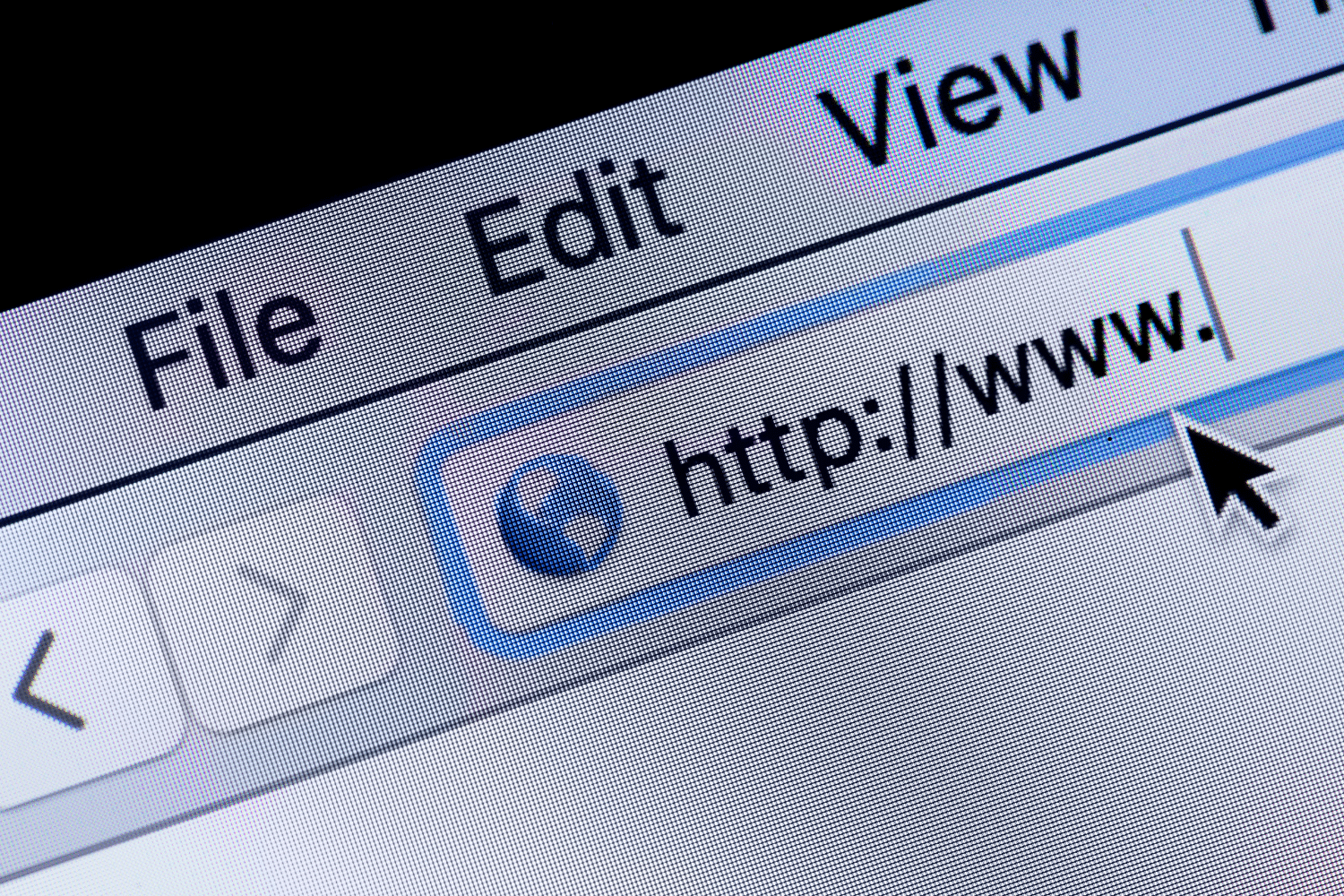Budgeting for success starts with a clear plan. In this article, you’ll learn how to manage your income, control expenses, set financial goals, and track your progress. Follow these steps to create a budget that works for you.
Key Takeaways
- Understanding your total income, including all sources and deductions, is essential to effectively managing your budget.
- Categorizing fixed and variable expenses helps identify unnecessary spending, allowing for more effective cost-cutting.
- Regularly reviewing and adjusting your budget keeps it aligned with your financial goals and can enhance your overall financial health.
Understanding Your Total Income

Creating a budget is the first step in creating a successful budget is understanding your total income. This means identifying your after-tax income, which reflects your actual take-home pay. Focusing on your net income provides a true picture of what you have available to spend and save.
When calculating your total income, don’t just consider your paycheck. Include other income sources such as side gigs, freelance work, Social Security, and child support. If you’re freelancing or have side gigs, remember to deduct applicable taxes and business expenses to determine your net income accurately. Additionally, consider any automatic deductions from your paycheck and add them back to get a clear picture.
Tracking your monthly income regularly gives you an accurate understanding of your financial situation, helping you make informed spending and saving decisions for financial success.
Categorizing Fixed and Variable Expenses
Once you’ve understood your total income, the next step is to categorize your expenses. This helps in identifying areas where you can cut back and save more effectively. Start by listing your fixed expenses and fixed costs, which are costs that generally remain stable over time, such as rent or mortgage payments. These are non-negotiable and must be factored into your budget first.
Next, consider your variable expenses. These are costs that fluctuate based on your daily choices, such as groceries, entertainment, and dining out. Tracking these expenses can highlight areas where you can reduce spending without significantly impacting your lifestyle.
While fixed expenses can be challenging to adjust, variable expenses offer more flexibility. By monitoring your nonessential spending, you can identify opportunities to save and allocate those funds towards your financial goals. Categorizing expenses helps create a balanced and realistic budget.
Tracking Monthly Expenses
Tracking monthly expenses is vital for successful budgeting as it helps identify potential savings by highlighting wasteful spending. Begin by reviewing your bank statements and credit card bills from the past few months to understand your spending patterns.
There are various methods to track your spending. You can use pen and paper, spreadsheets, or online tools like Mint. Include all types of expenditures, such as cash, debit, credit, subscriptions, and automatic withdrawals. Categorize these expenses into groups like groceries, entertainment, dining out, and subscriptions.
At the end of each month, compare your actual spending to your budget and make necessary adjustments to maintain accuracy. This practice empowers you to make informed financial decisions and keeps your budget on track.
Setting Financial Goals

Clear and achievable financial goals are crucial for successful budgeting. Your goals can include paying off debt, saving for emergencies, or investing for the future. A well-documented financial plan provides a structured approach towards realizing these goals and should be revisited regularly.
When creating your personal finance plan, document your income and expenses to allocate funds towards your goals. Connecting each financial goal to a deeper motivation enhances your commitment and understanding. For instance, saving for a down payment on a house might be motivated by the desire for stability and security for your family.
Reviewing your financial goals regularly is important, as life changes can impact priorities and objectives. This ongoing assessment ensures that your financial plan remains relevant and effective, keeping you motivated and disciplined in your budgeting efforts.
Creating a Personal Budget Plan

A personal budget plan forms the cornerstone of successful budgeting. The purpose of a budget is to allocate your income wisely to meet your financial objectives. Start by identifying your financial goals and creating a savings plan that fits into your current budget.
One popular budgeting method is the 50/30/20 rule, which allocates 50% of your income to essential expenses, 30% to personal expenses, and 20% to savings and debt repayment. This guideline helps you prioritize your spending and ensure that you are saving adequately. Tracking your expenses and comparing them to your budget regularly helps you stay on track.
Good spending habits, like tracking expenses and adjusting your budget, ensure its effectiveness. Consistency in budgeting is key to achieving long-term financial success.
Managing Debt Repayment
Effective debt repayment is key to financial success. Prioritize paying off high-interest debts first to minimize the overall cost of borrowing. The Snowball Method can also be effective, where you focus on quickly eliminating smaller debts to build momentum before tackling larger ones.
Debt consolidation can simplify your payments and lower monthly costs if you secure a new loan at a lower interest rate. Additionally, negotiating with lenders may result in more favorable repayment terms or settlements, easing your debt burden.
Effective debt management supports a positive cash flow and sets the stage for achieving your financial goals.
Building an Emergency Fund

An emergency fund is crucial for financial stability. Aim to save at least three months’ worth of expenses to cover unexpected costs. An emergency fund can prevent the need for high-interest loans and provide peace of mind during financial crises.
Start by gradually increasing your emergency savings, even with small amounts, and keep the fund in a separate account to avoid temptation. Remember, this fund should only be used for actual emergencies, not routine or discretionary spending.
Replenish your emergency fund after using it to maintain financial security for future emergencies.
Reviewing and Adjusting Your Budget Regularly
Reviewing and adjusting your budget regularly ensures it remains relevant to your financial goals. Changes in income or expenses, such as getting a raise or incurring new costs, should prompt a budget review. Establishing a routine for budget assessment helps maintain financial discipline.
Even small adjustments in spending can accumulate significant savings over time, enhancing your overall financial health. Regularly tracking your expenses and making necessary adjustments keeps your budget aligned with your current financial situation and long-term objectives.
Avoiding Common Budgeting Mistakes

Avoiding common budgeting mistakes is vital for maintaining a successful budget. One common mistake is underestimating spending, leading to budgeting failures. Overestimating disposable income without accurately tracking spending can also derail your budget.
Regularly allocating money to a savings account helps manage unexpected expenses and emergencies. Including a budget for discretionary spending or ‘fun money’ fosters better financial habits and reduces feelings of guilt. Adjusting your budget over time to reflect evolving personal spending needs is crucial for long-term success.
Implementing Savings Strategies
Effective savings strategies are key to building a solid financial foundation. Automating savings ensures consistent contributions to your savings and investment accounts. Pay yourself first by setting up automatic transfers to make saving a priority.
Canceling unused subscriptions can lead to considerable savings. In the long run, this practice can greatly benefit your finances. Additionally, taking advantage of compound interest grows your money exponentially over time, enhancing your savings significantly. These strategies help you save more efficiently and achieve your financial goals.
Investing for Long-Term Financial Success
Long-term financial success involves holding assets for three years or more. This steady approach, rather than frequently buying and selling assets, can lead to greater success and lower risks. Focus on the potential future value of investments rather than solely on past performance.
Adopting a long-term perspective allows you to grow your wealth and achieve your financial goals. However, be mindful of the opportunity costs, as funds invested long-term are locked up and may miss out on other profitable short-term investments.
Summary
In summary, budgeting is a powerful tool that can transform your financial life. Understanding your income, categorizing expenses, tracking spending, and setting clear financial goals are foundational steps. Creating a detailed budget plan, managing debt, building an emergency fund, and regularly reviewing your budget ensure you stay on track.
Remember, avoiding common budgeting mistakes and implementing effective savings strategies can significantly enhance your financial health. Investing for long-term success further secures your future. Start your budgeting journey today and take control of your financial destiny.
Frequently Asked Questions
Knowing your total income is essential for budgeting because it gives you a clear picture of what you can realistically spend and save. This insight empowers you to make informed financial decisions and reach your goals more effectively!
To accurately track your monthly expenses, utilize bank statements, spreadsheets, or apps like Mint to categorize your spending. Regularly compare your actual expenses to your budget to stay on top of your finances!
Avoid underestimating your spending and overestimating your disposable income to stay on track! Regularly review and adjust your budget while saving for emergencies to ensure your financial success.
To set achievable financial goals, clearly document your income and expenses, connecting each goal to your deeper motivations. Regularly review and adjust these goals to keep them in line with your evolving priorities.
To maximize your savings, automate deposits to your savings account, prioritize paying yourself first, cancel any unused subscriptions, and harness the power of compound interest. Start today and watch your savings grow!










